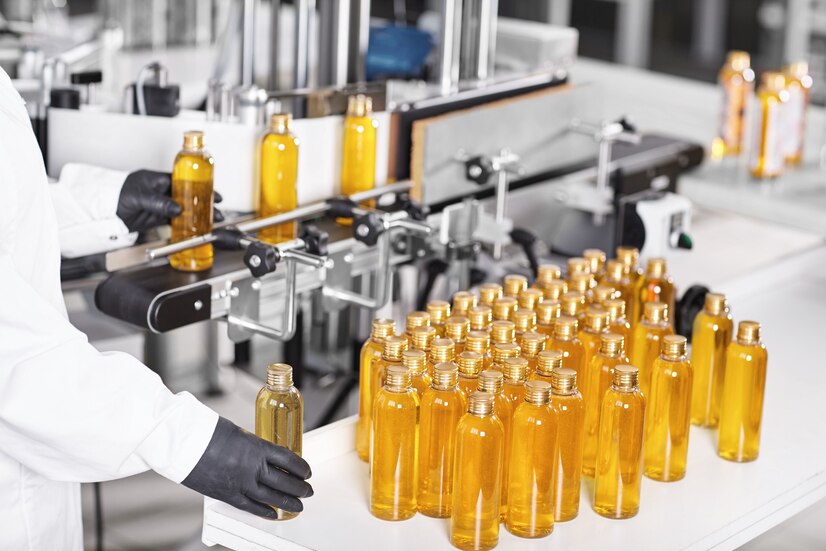Injection molding, a cornerstone of modern manufacturing, takes plastic pellets and transforms them into a vast array of precise and functional parts. From the ubiquitous water bottle cap to intricate medical devices, this versatile process shapes our world in countless ways. But how exactly does it work? Let’s delve deeper into the fascinating world of injection molding, exploring its steps, the science behind it, and the factors that influence its success.
The Core Steps: A Journey from Pellet to Part
The manufacturing process of Injection molding China involves a well-defined sequence that can be broken down into several key stages:
Clamping:
The mold, the heart of the process, holds the cavity that defines the final part’s shape. This mold is securely clamped shut by the injection molding machine to prevent molten plastic from escaping during the next stage.
Injection:
Plastic, typically fed in the form of small pellets, enters a heated barrel equipped with a rotating screw. The screw functions like a giant mixer, churning and heating the pellets until they melt into a viscous liquid. This molten plastic, under high pressure generated by the screw’s movement, is then injected at high speed through a narrow opening (sprue) into the mold cavity. Smaller channels within the mold, called runners, act like tributaries, delivering the molten plastic to various sections of the cavity.
Dwelling:
How does China die casting work? Once the cavity is filled with molten plastic, it’s not time to open the mold just yet. This stage, known as dwelling, allows the plastic to solidify and pack out the cavity completely. It’s like ensuring every corner of the mold is filled to achieve the desired part dimensions and prevent voids or shrinkage. The dwell time is carefully controlled based on the part geometry, wall thickness, and material properties.
Cooling:
Time for solidification! Cooling channels embedded within the mold circulate a coolant (water or oil), rapidly extracting heat from the molten plastic. This rapid cooling is crucial for achieving the desired part properties, such as dimensional accuracy and surface finish. Without proper cooling, the plastic would solidify too slowly, potentially leading to warping or internal stresses.
Mold Opening:
Once the plastic cools and hardens sufficiently, the mold opens, revealing the molded part. This is the moment of truth, where the finished product is finally accessible.
Ejection:
The molded part isn’t quite ready to join the outside world yet. Ejector pins strategically placed within the mold push the part out. However, the part might still have a thin remnant of plastic attached, stemming from the sprue and runners that delivered the molten material.
Trimming and Finishing:
This excess plastic, often referred to as the “gate vestige,” is typically trimmed off using secondary processes. Depending on the application, the part may also undergo additional finishing touches, such as de-flashing (removing sharp edges) or surface treatments (painting, printing).
Repeat:
The beauty of injection molding lies in its continuous and cyclical nature. Once the part is ejected and any finishing touches are applied, the mold closes again, and fresh plastic pellets are fed into the system. This cycle repeats, enabling the machine to churn out identical parts at a rapid pace.
The Science Behind the Process: Pressure, Heat, and Material Flow
Injection molding relies on a delicate interplay of pressure, heat, and material flow to achieve success. The high pressure generated by the screw forces the molten plastic into the mold cavity, ensuring it fills every nook and cranny. Meanwhile, the precise control of temperature throughout the process is paramount. The plastic needs to be hot enough to melt efficiently and flow into the mold but not so hot that it degrades. The cooling stage plays an equally important role, rapidly solidifying the plastic and preventing unwanted deformations.
Material properties also significantly impact the process. Different types of plastics have varying melting points, flow characteristics, and shrinkage rates. Selecting the right material for the application and tailoring the injection molding parameters accordingly is essential for achieving parts with the desired properties.
Mold Design: The Blueprint for Success
The mold, undoubtedly the hero of the injection molding story, is more than just a hollow cavity. Its design plays a crucial role in determining the success of the entire process. Here are some key aspects of mold design to consider:
Part Geometry: While injection molding offers design flexibility, there are limitations. Sharp corners, undercuts, and excessively thin walls can pose challenges during molding and ejection. The mold design needs to consider these factors to ensure proper material flow and part removal.
Draft Angles: Draft angles are slight tapers incorporated on the sidewalls of the part cavity within the mold. These angles facilitate easier ejection of the finished part and prevent damage to the mold.
Wall Thickness: Maintaining uniform wall thickness throughout the part is essential.
In Conclusion:
Injection molding is a remarkable manufacturing process that transforms raw plastic pellets into a vast array of functional and precise parts. From its core stages of clamping, injection, dwelling, cooling, and ejection, to the intricate interplay of pressure, heat, and material flow, the process is a marvel of engineering.
Also Read:-
- How To Earn Using Feetfinder?
- DKOldies- Overview, Net Worth, Guide
- Alienware Area51 Threadripper – Review, Price, And Feature

